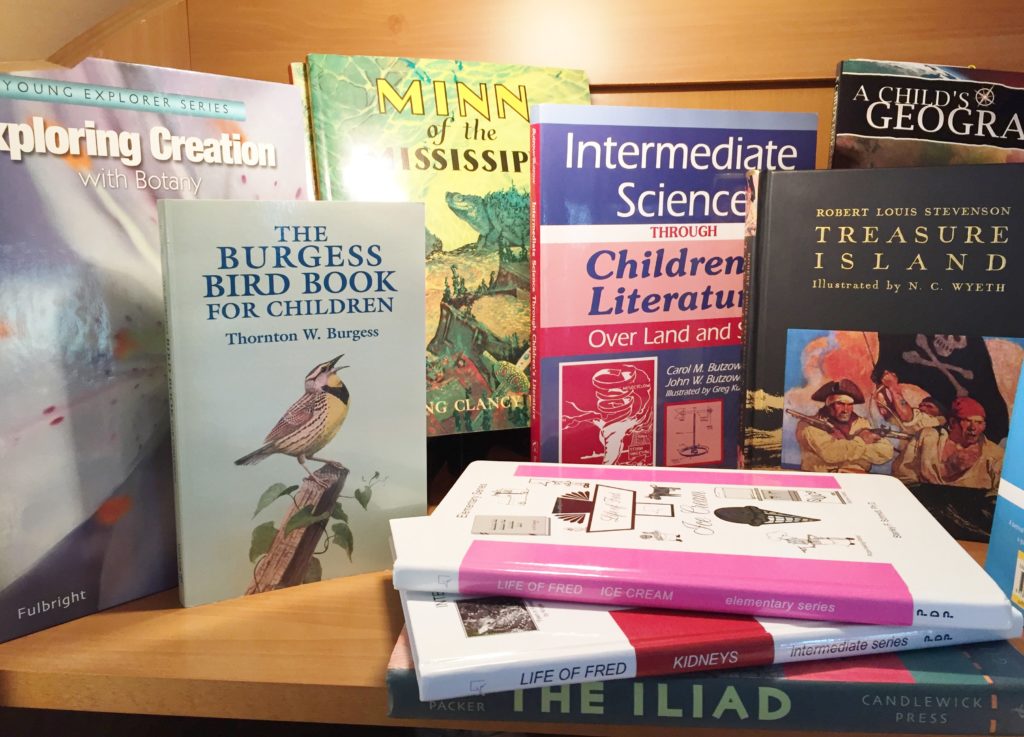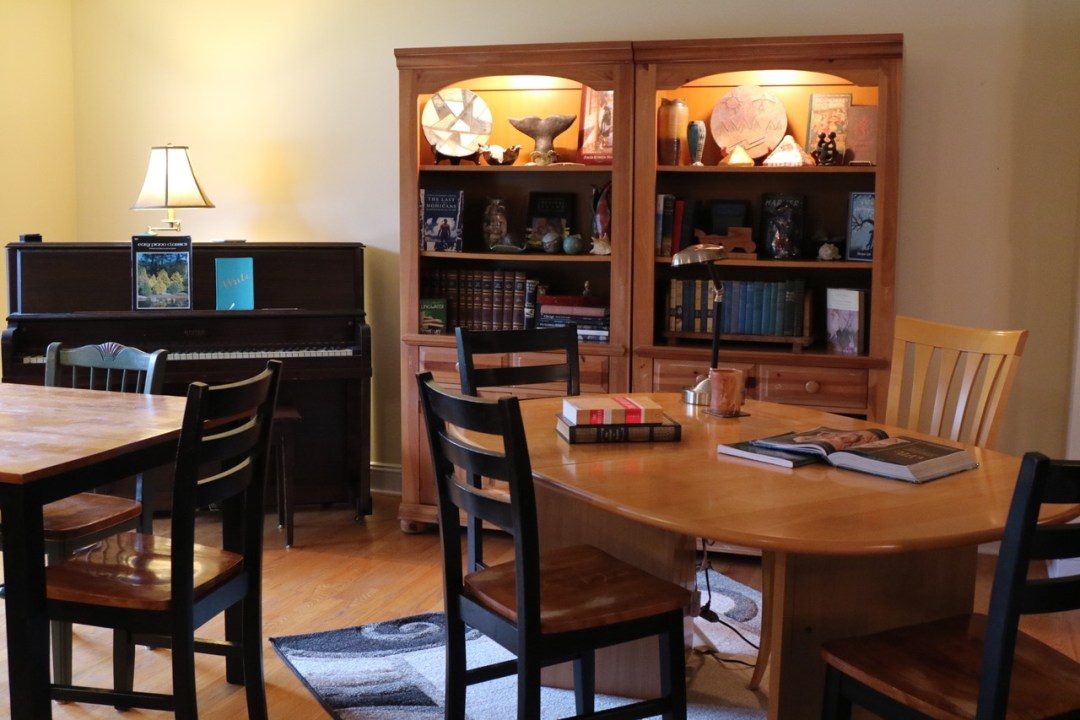
We hear a lot today, at least in homeschool circles, about ‘living books’. So, one might wonder, what is a living book anyway?

The term ‘living book’ was first coined by educator Charlotte Mason. Charlotte’s guidelines to a living book emphasized that books must be “warm to the imagination, nurture thinking, and communicate knowledge mind-to mind.” She believed that children must be given living books in order to “develop their fullest capacity”.
“One more thing is of vital importance; children must have books, living books.”
– Charlotte Mason, Parents and Children
Simply put, a living book will come alive when reading. The reader engages with and develops emotions and connections with the characters and events of the book. A living book will usually be written in a narrative style by a person who has a passion about a specific subject. Ideas are presented and the reader is allowed to synthesize and digest these ideas for themselves.
Historical fiction books are most often thought of as living books, but living books can be about science, geography, biography, nature, even math! Living books can take the form of picture books, chapter books, and even some textbooks. The key is that they are well-written, in an in-depth but engaging manner, and they draw the reader into the book. They present ideas, not dry facts, with which the reader will engage and make their own.
“History for him (the student) is to live in the lives of those strong personalities which at any given time impress themselves most upon their age and country.
This is not the sort of thing to be got out of nice little history books for children… we take the child to the living sources of history.”
– Parents and Children
In contrast, “twaddle” or most textbooks are written in dry, short segments, whose purpose is to inform, and where most of the ‘thinking’ has already been done for the reader. Most of this information will quickly be forgotten, because the reader has not had to digest it on his own, and the information has not been connected to real living in any way.
Living books then are exciting, and are written in a way that will draw the reader into the story. Facts are presented, but as part of a story line. This necessitates a ‘digging deeper’ on the part of the reader and will inevitably lead to greater retention and greater love for the material presented.

When assessing whether a book is indeed a living book, it is wise to ask the following questions: Is the writing of excellent literary quality? This does not necessarily mean that it is ‘hard’ to read, but the writing should edify and not dumb-down the child and the subject. Does the book contain living ideas? In other words, do the ideas presented make the child ask question and think, and is the information presented in a new or enlightening way? Does the child react with engagement to the story and does the story make an impact on the child? The mark of whether this is so or not is in the retelling of the story or ideas by the child.

Educators and parents are encouraged by Charlotte Mason to present a ‘feast’ to the children and let them be drawn in. Some will inhale every book presented, while others will peruse only some. This is okay; it is a process and does not happen immediately. However, given time and quality literature, children (and adults!) develop a desire and discernment for living books, becoming keen thinkers and lifetime learners!
Miss Mason encourages us to ditch the stress and pressure of a canned curriculum, and to allow the child to luxuriate in stories, permitting them to build an informed imagination.
“It is a sad fact that … we are in such haste to be instructed by facts or titillated by theories that we have no leisure to linger over the mere putting of a thought.”
“Children should have the joy of living in far lands, in other persons, at other times – a delightful double existence; and this joy they will find, for the most part, in their storybooks.”
– Parents and Children

Truly, the most freeing thing for an educator or parent is that detailed and nit-picky curriculum is not needed. Living books and relaxed reading time replaces ‘curriculum’. Connections and interest are established, replacing ‘worksheets’.
Freedom and peace are the inevitable result.
